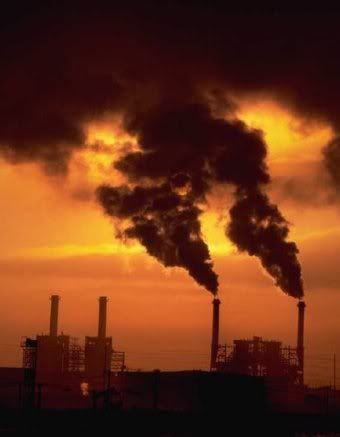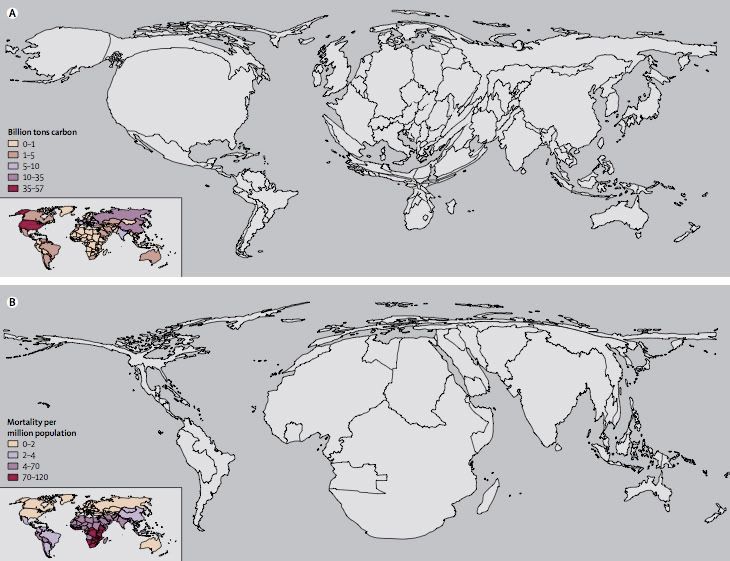(10 pm. – promoted by ek hornbeck)
The F Word: Time to Declare Global War on Flooding, Laura Flanders & GritTV, August 13, 2010
More GRITtv
Video transcript below…
The flooding in Pakistan has displaced 2 million people, killed at least 1600 and affected 14 million. It should be affecting all of us. A disaster of global proportions, requiring a global response, as Gwynne Dyer noted on our show not long ago, it offers a hint of what we can expect if climate change continues on apace. While it’s not a cause and effect equation, if we want to know what rising waters look like? Look at Pakistan.
The US has pledged 19 helicopters and 1000 marines for aid in the flood-ravaged regions, and the UN is asking for 460 million aid dollars. But we’ve already been pouring money into Pakistan-into drones and bombs, that is. We’ve been giving about $1.5 billion a year for military aid, and have nearly 100,000 soldiers in neighboring Afghanistan.
That, after all, is the war on terror! Terrorism is much more dangerous than some floods, right? After all, we keep approving budgets for war while voting down a bill that might’ve made a dent in the climate crisis.
To push the point: terrorism killed only 25 Americans last year. Hurricane Katrina killed 1836 Americans in a few days, and we haven’t seen a Global War on Flooding.
Not long ago, President Obama told Pakistani paper Dawn, “Our primary goal is to be a partner and a friend to Pakistan and to allow Pakistan to thrive on its own terms, respecting its own traditions, respecting its own culture.”
We could do that by shifting our disproportionate spending on war to spending on aid for the flooded areas. After all, we know the tragedy flooding brings.
Wrote Robert Naiman, “If it were war, our leaders would say, ‘Failure is not an option.'”
Never let it be said that the US Government will not provide aid to those 20 million people now homeless due to the flooding in Pakistan.
The US Government has given them each almost three dollars, after all. And that on top of the $1.5 billion a year given to Pakistan for military aid. Even in the face of bankers starving on wall street (sic).
Of course, much of what is happening is Pakistan now has been expected for a very long time while very few if any preparations have been made for events like this.
“Climate Change is the biggest global health threat of the 21st century.”
 On May 16, 2009 a collaboration between the British medical journal The Lancet and University College London released the first UCL Lancet Commission report, assessing the impact of global warming on global health, and on populations.
On May 16, 2009 a collaboration between the British medical journal The Lancet and University College London released the first UCL Lancet Commission report, assessing the impact of global warming on global health, and on populations.
Titled Managing the health effects of climate change (.PDF), the year long study highlights the threat of climate change on patterns of disease, water and food insecurity, human settlements, extreme climatic events, and population migration. The report also highlights the action required by global society to mitigate the health impacts of climate change.
“Climate change,” the report concludes, “is the biggest global health threat of the 21 century.”
But the impact on and cost to human societies globally is hugely unequal, with the populations of developed countries that benefit most from fossil fuels projected to suffer the least, while poorer countries that because of the projected health cost to their peoples have the maximum incentive to prevent climate change have virtually no power to do anything to prevent the changes.
It’s the old story of the comparatively few rich benefiting in comfort at the expense of poverty stricken multitudes.
The report presents the two distorted maps shown below (click the images to view full size) – density equalizing cartograms depicting a comparison of undepleted CO2 emissions by country for 1950-2000 versus the regional distribution of four climate sensitive health consequences (malaria, malnutrition, diarrhea, and inland flood-related fatalities).

view full size image
The first map shows the world in terms of carbon emissions. America, for instance, is huge. So is China. And Europe. Africa is hardly visible.
The second map shows the world in terms of increased mortality — that is to say, deaths — from climate change. Suddenly, America virtually disappears. So does Europe. Africa, however, is grotesquely distended. South Asia inflates.
In Barack Obama’s commencement address Sunday May 17, 2009 at the University of Notre Dame in South Bend, Indiana, Obama exhorted the graduates to recognize that “that our fates are tied up, as Dr. King said, in a ‘single garment of destiny.'” and “Your generation must decide how to save God’s creation from a changing climate that threatens to destroy it.”
But the peoples of the world are not bound equally.
“Loss of healthy life years as a result of global environmental change (including climate change) is predicted to be 500 times greater in poor African [and Asian] populations than in European populations,” states the UCL Lancet Commission report bluntly.
Pakistan Now Holds Record for “Hottest Reliably Measured” Temp in Asia
Pakistan had its hottest temperature in history on May 26, when the mercury hit an astonishing 53.5°C (128.3°F) at the town of MohenjuDaro, according to the Pakistani Meteorological Department. While this temperature reading must be reviewed by the World Meteorological Organization (WMO) for authenticity, not only is the 128.3°F reading the hottest temperature ever recorded in Pakistan, it is the hottest reliably measured temperature ever recorded on the continent of Asia.
Photo via the Guardian
We cause things like what you see happening in Pakistan.


3 comments
Author
is only the beginning.
Billmon in September of [2006] posted a story about:
And we do know why this is happening… The End Of The Beginning?
torrential rains resulted in mudslides in China.